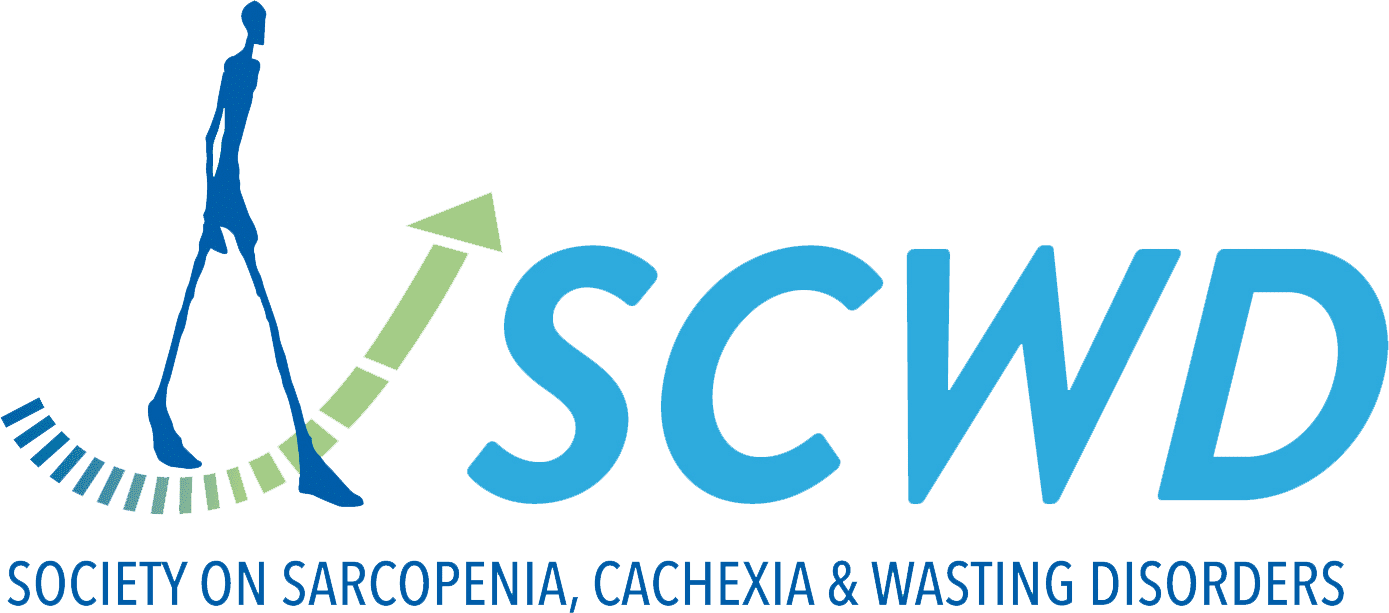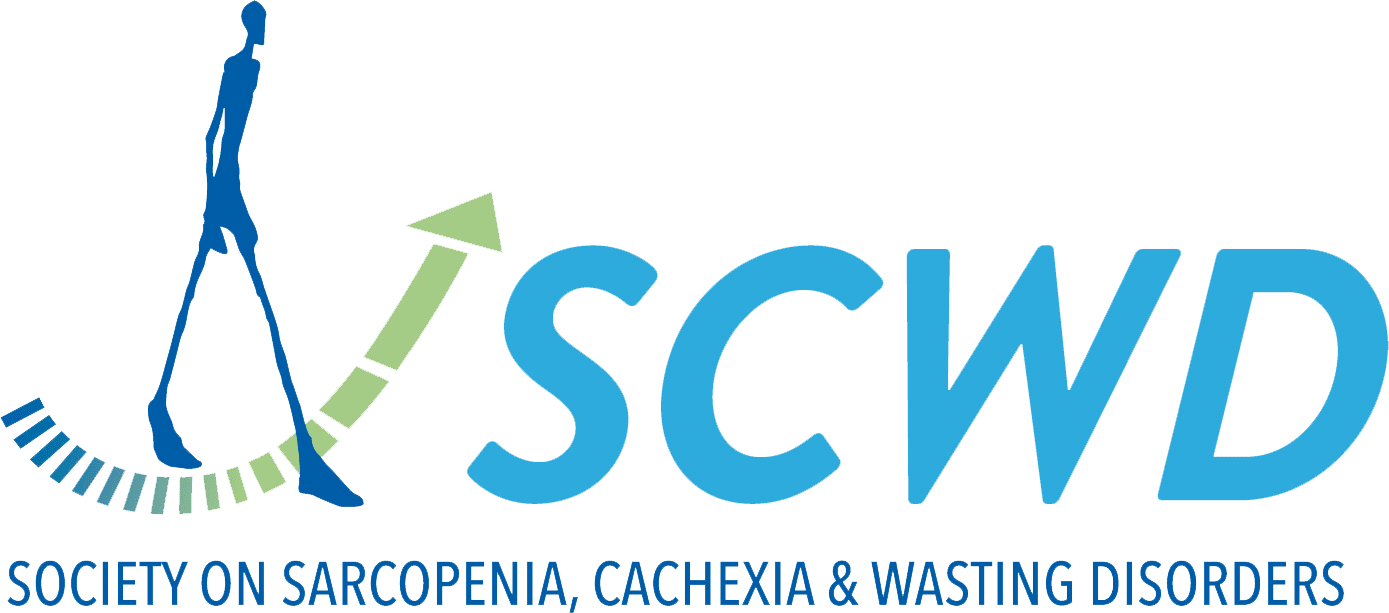Myostatin, activin-A and follistatin are produced by the tumor in head and neck cancer and likely contribute to sarcopenia: a case-control, cross-sectional exploratory study.
BACKGROUND AND AIMS
Myostatin (M), activin-A (A) and follistatin (F), three TGF-β superfamily members, play a role in cancer sarcopenia. The aim of our study was to assess the association of MAF in head and neck cancer (HNC) skeletal muscle loss.
MATERIALS...


